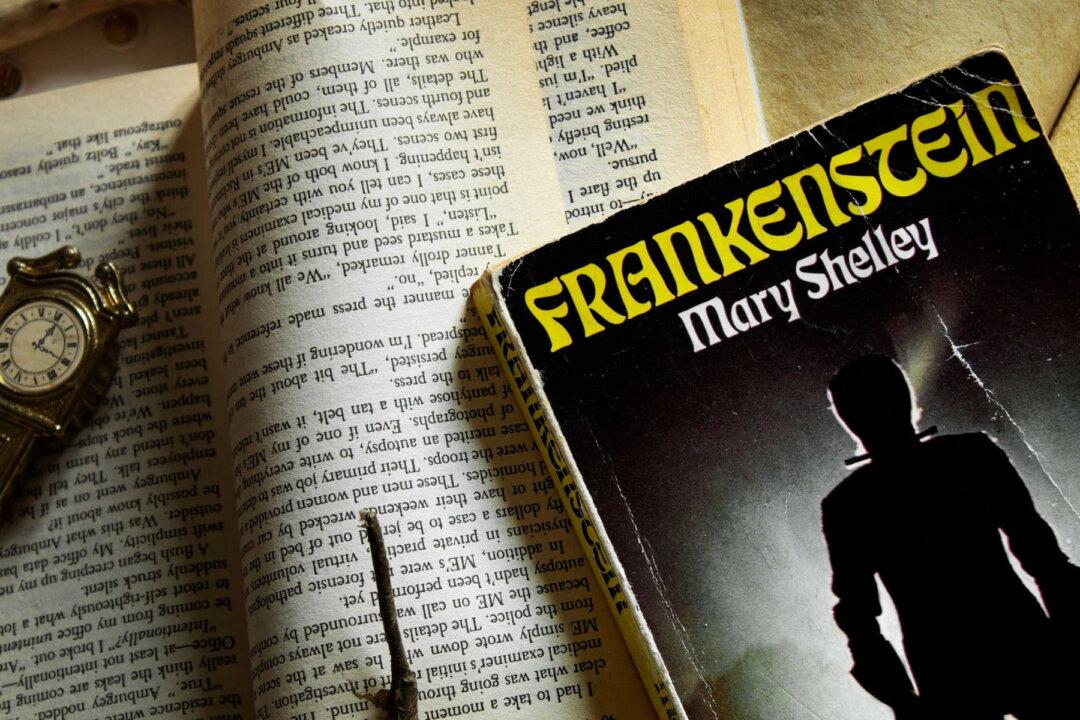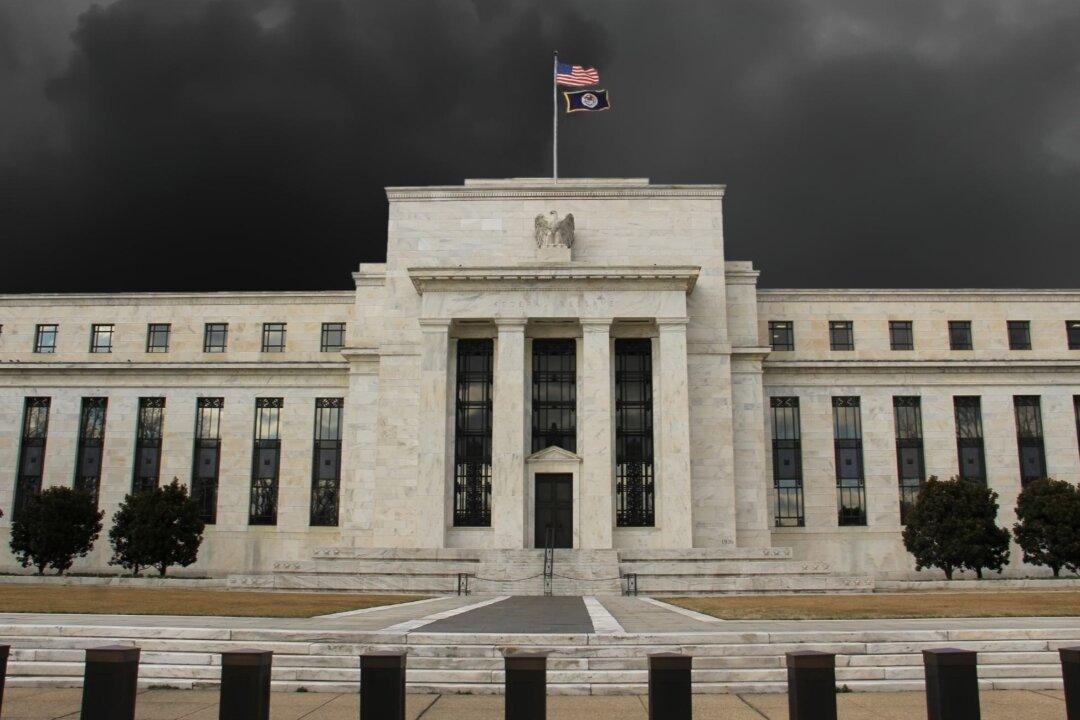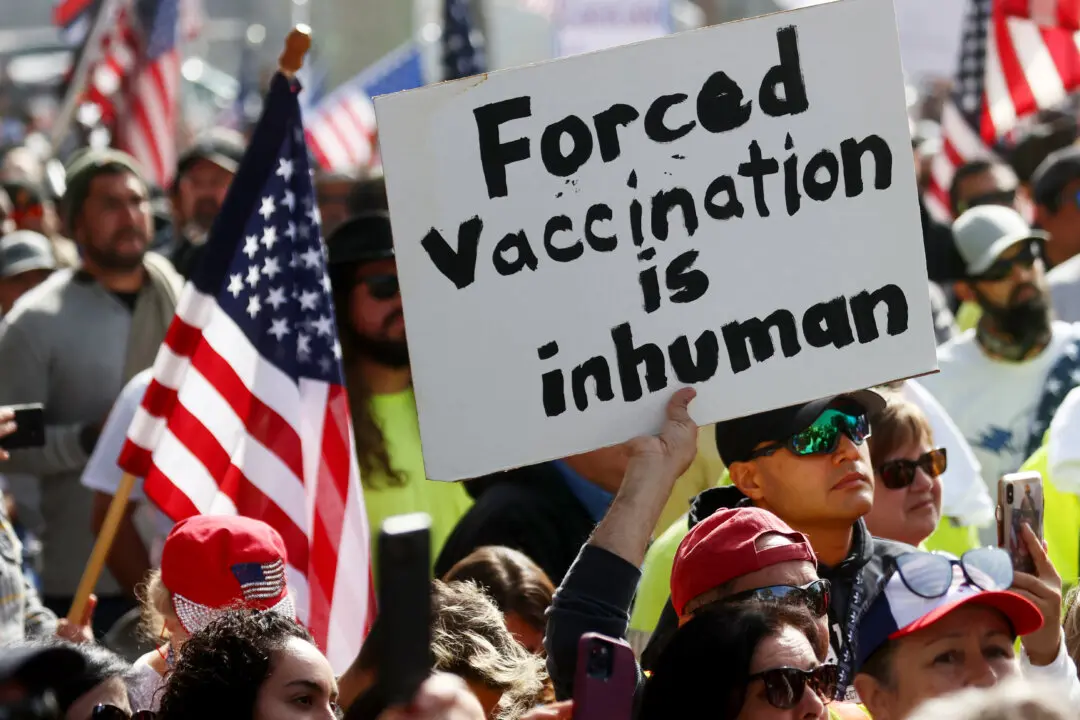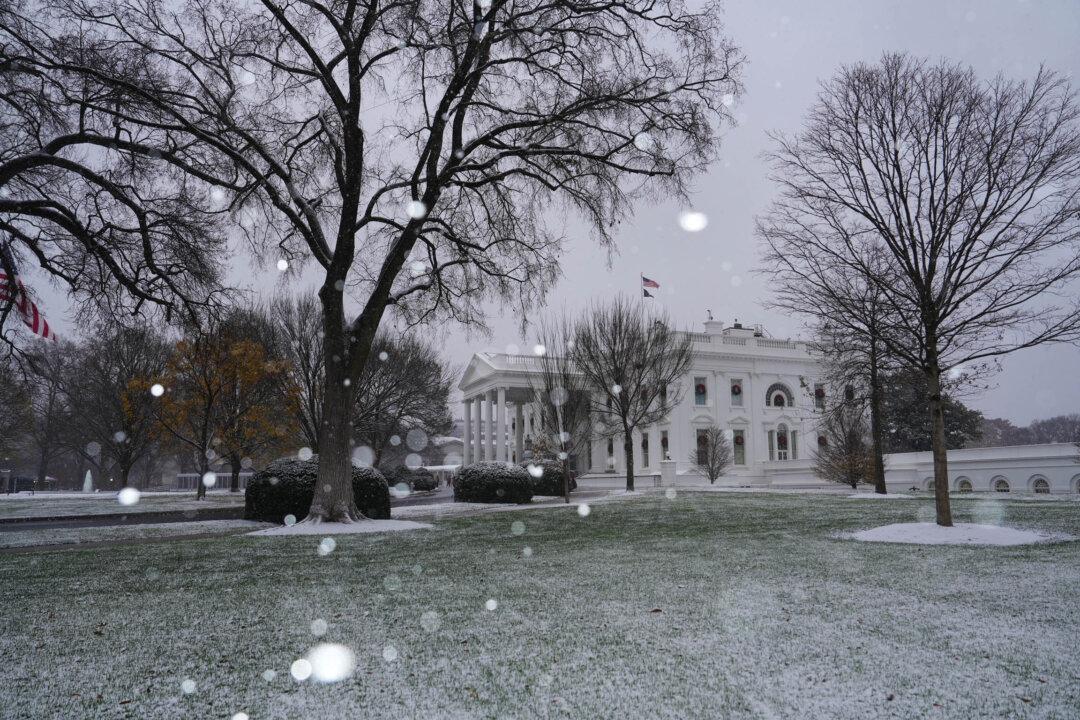Commentary
Two years before lockdowns, the world celebrated the 200th anniversary of Mary Shelley’s classic “Frankenstein,” about which a wonderful movie was released on the author’s life and thought. At the same time, there was a book and an exhibit at the Morgan Library, and growing controversies about the personal and political ethos that a generation of radicals meant to their times and bequeathed to ours.





